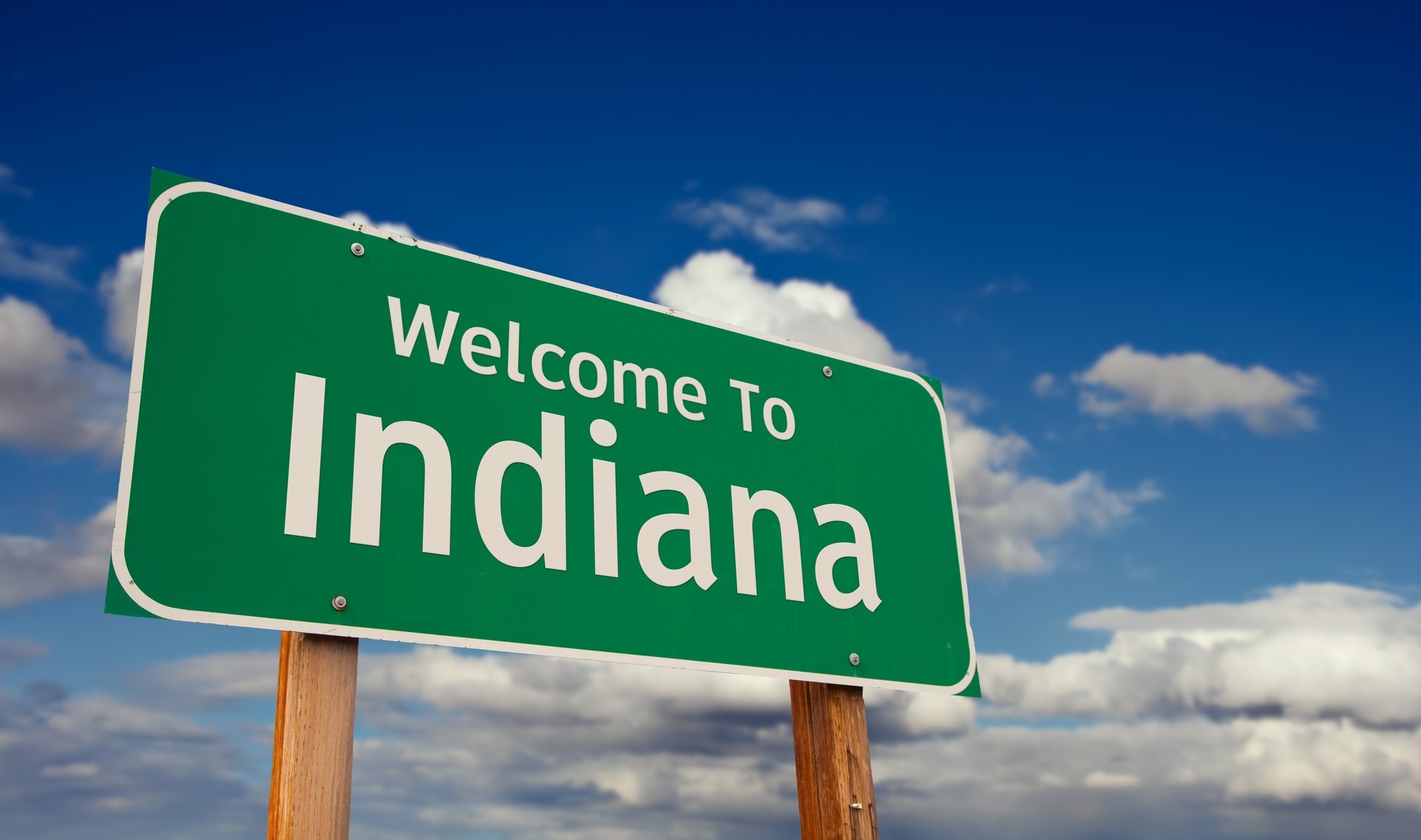Good evening, or morning, or whenever it is that you’re reading this. Time has no construct in a quarantine. Thanks for supporting Extra Points.
On Tuesday, I wrote a story for SB Nation on what canceling the NCAA Tournament might mean for smaller D1 schools, financially. I spoke to three professors of sports business (at UMass, Elon and Drexel), and asked what kind of schools might be most vulnerable, whether this could lead to any schools reclassifying, or if the NCAA could, or should, offer some sort of bailout. Everybody agreed a bailout was possible, and perhaps even the best course of action.
That’s an important question to ask right now, especially now that USA TODAY reports that the NCAA’s insurance policy won’t cover all of their lost revenue and that ADs are expecting smaller, and potentially later, checks.
Major-college athletics directors are planning on the NCAA not being able to cover all of the revenue it will lose because of the cancellation of the Division I men’s basketball tournament due to the coronavirus outbreak, six ADs and college sports administrators have told USA TODAY.
That is likely to result in a reduction of the association’s scheduled distribution of $600 million to Division I schools and conferences this spring, the ADs and administrators said. How much of a reduction is still to be determined, and that will depend on the association’s ability to tap its reserves and borrow money.
…
The association has $250 million to $275 million in business-interruption insurance connected to the tournament, the ADs and administrators have been told, but it is unclear how quickly that money would come to the NCAA – or how much. These types of insurance claims can bog down in a variety of disputes, and catastrophic-event insurance markets are likely to be under stress because of the global pandemic
$250 million isn’t going to cut it. Maybe the NCAA could offset some of that gap by borrowing against future earnings, and perhaps some schools could borrow money themselves. There are a lot of things to work out, but after reading this, and talking with folks, it sure seems like it’s a safe bet to assume those checks aren’t going out on time, with the amount of money that schools might have expected six months ago.
These NCAA Tournament checks range from six to seven figures, depending on the conference, but they usually aren’t a huge chunk of the total athletic budget. The $4-ish million dollar check that a Big Ten team might get from NCAA distributions is a big check, but if your total athletic budget is $100 million, you can survive a lean year. Even the least wealthy power conference schools report budgets of over $65 million. This check is not going to make or break Washington State or Oregon State.
But there are a lot of Division 1 schools that don’t get massive TV revenue deals, and if your athletic budget is under $15 million, every check in the five and six figures is a big deal!
Take Chicago State, for example, one of the most financially woebegone schools in D1. According to the USA TODAY database, Chicago State reported less than $15,000 in ticket revenues in 2018. They made $1.3 million in licensing. The rest of their revenues all came from institutional support, student fees, NCAA checks, and “other”. Suddenly, a $300,000 NCAA payout matters quite a bit.
But if the only financial ramification was smaller than projected NCAA distribution for the next six years (the length of a “unit” payout), I think virtually every D1 institution could weather it, maybe even the Chicago States and Bethune-Cookmans of the world.
But I don’t think that’s the case.
We’ve talked about this before, but even in the proverbial “good times”, many D1 schools, and certainly even more DIII schools, were facing challenging headwinds. Growing enrollment is more difficult, state support is declining, and recruiting international students may be more expensive and challenging. And now, we’re seeing a massive economic shock to that system.
Even in the best case scenario, where school and athletics resume on time in the fall, I think these schools are looking at a year where they lost significant revenues from tuition, from room and board, from hosting conferences, and potentially even research, as campus slows down. Public schools may be facing an even leaner year, as state tax revenues will almost certainly decline. Enrollment demand might drop even more, as students, less flush with cash than they were a year ago, may want to consider cheaper education options.
If you’re an athletic department that is dependent on institutional support to fund operations, and my understanding is that most D1 low-majors are, you could find yourself in a very challenging spot, one that may not be resolved in just one year.
None of the experts I talked to thought it was likely that a school would decide to reclassify based on the NCAA Tournament cancelation, or even a rough 2020, and I think I agree. That’s a really long-term decision, and if you’re institutionally confident about being a D1 school, you should be able to ride out a short-term storm.
But I could certainly see significant cost cuts on the short-term horizon. That might mean only scheduling local opponents. It might mean dropping sports. It might potentially mean conference realignment. We’re already seeing some schools at the low-major level try to reground into tighter, or at least more institutionally cohesive groups (Big West, Horizon, Summit, etc), so maybe we see this economic downturn serve as an additional catalyst for changes in the WAC, or perhaps at the HBCU level.
I suspect this event may also force presidents, regents and high-level administrators to have challenging conversations about their institutional priorities and commitment to high-level athletics. It’s one thing to blow off the concerns of your faculty (sup, Eastern Washington), but if you were already living a bit on the margins of D1, or within your peer group, now may be a good time to really get together and decide if you’re in (and thus, really in), or out.
I’m not predicting an exodus out of D1 in 2020 or 2021. I think, depending on how bad the tail end of this recession is, we might see a few more decide to leave in 2025. The bigger the financial impact on the academic side, the tougher calls will have to be made on the athletic side, in my humble opinion.
This is just for DI. For even smaller schools, maybe this gets even messier
Some D1 schools have the luxury of fat broadcast deals or billion-dollar endowments to help cushion the blow of economic downturns. But you know who doesn’t have those advantages? Every DII or DIII school. Those industry headwinds are perhaps an even greater threat to DIII institutions, especially smaller private schools in the midwest and northeast. Could an especially brutal fiscal year force some schools to drop football teams, once it becomes clear that they won’t have the same stabilizing boost on enrollment? Could some DIII schools merge? Could some close altogether?
I think that’s all on the table!
Also, what does all this mean for NIL?
For many of us workers, this quarantine situation means some level of work slowdown, especially if you’re now stuck at home with small children. I don’t think that’s going to be the case for high-level athletics administrators.
In the near future, ADs and senior VPs are going to need to figure out a plan for an extra year of eligibility for spring sport athletes that just lost their season, and what that plan means for scholarship and roster limits. They will need to continue to work to secure the safety and wellbeing of their students and staff. They’ll have to grapple with some difficult budget problems, insurance issues, and a slew of other highly local concerns in the immediate future.
NIL is still a huge problem that every college administrator, along with the NCAA, is going to need to figure out soon. But I wonder if that momentum slows a little bit over the next month, especially if politicians at the federal and state level let off the gas a little bit to focus more on recovery and public safety concerns.
NCAA folks pleading “this is complicated!!! We need time!!!’ felt a little empty a few months ago. But now, perhaps they deserve a teensy bit more benefit of the doubt.
Obviously, this isn’t the most important thing to worry about here
Nobody wants to cry for the NCAA, and in my opinion, they shouldn’t. Everybody in America is going to be impacted by the Covid-19 crisis, and there are plenty of other industries and individuals who deserve “bailouts” more than university athletic departments.
I hope that you’re reading, and ideally paying for, plenty of other news that covers how this impacts public health, other sectors of the economy, our social fabric, our spiritual lives, and more. Those publications deserve your attention and support!
But I still get paid to think about college football, and since college football stubbornly remains part of society, it’s going to be impacted by what happens in society.
I’ll try to continue to look for new things to read, new things to think about and new questions to ask so we can all understand the college football angle to the news a little bit better.
But please, don’t get that confused with me thinking that this stuff is the most important.
Thanks again for supporting Extra Points. Your subscriptions make this project possible. If you haven’t, you can subscribe here:
Please send questions, comments, newsletter ideas, leaked information about NCAA insurance policies and more to [email protected], or to @MattBrownEP on Twitter dot com.


















